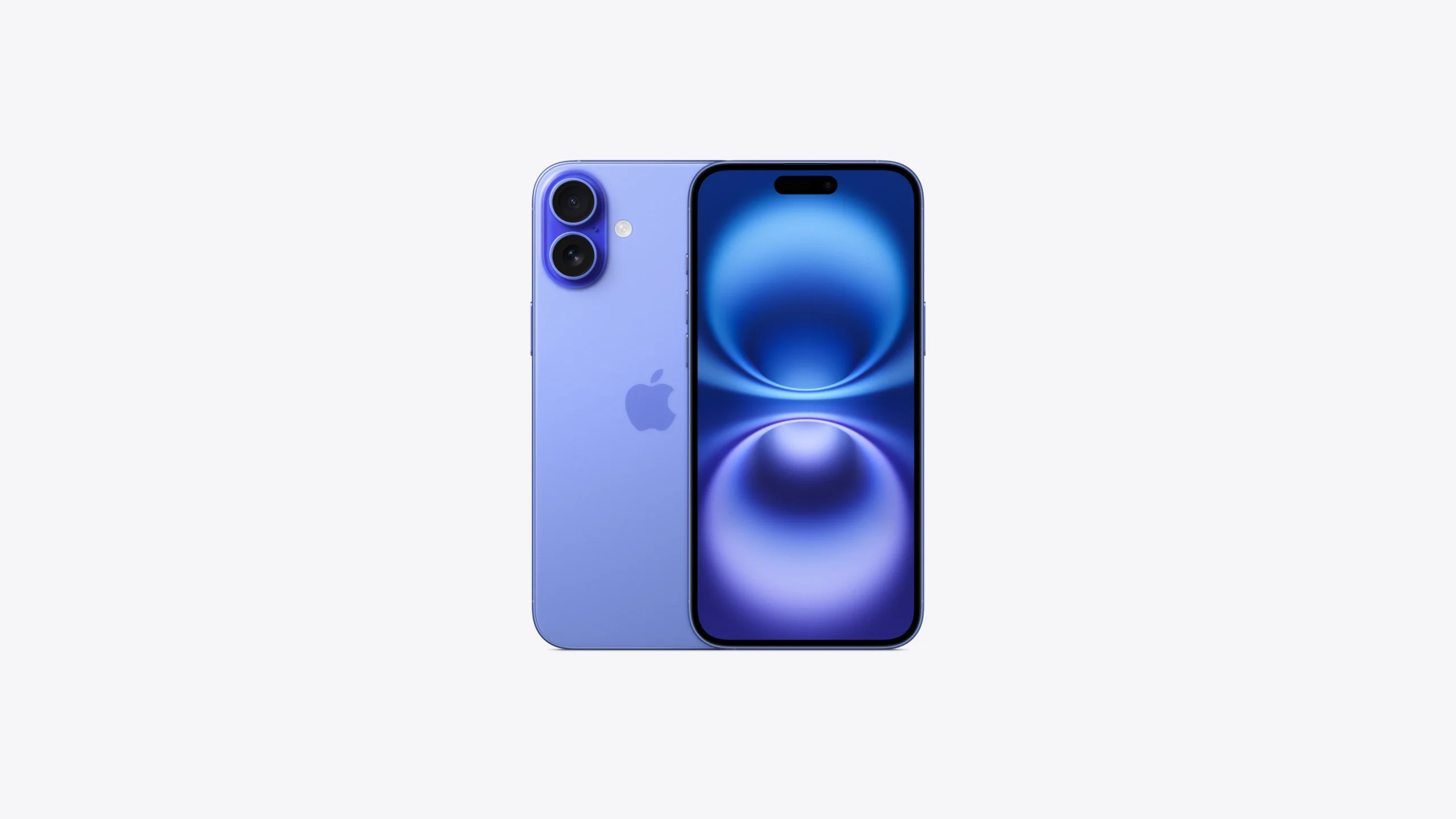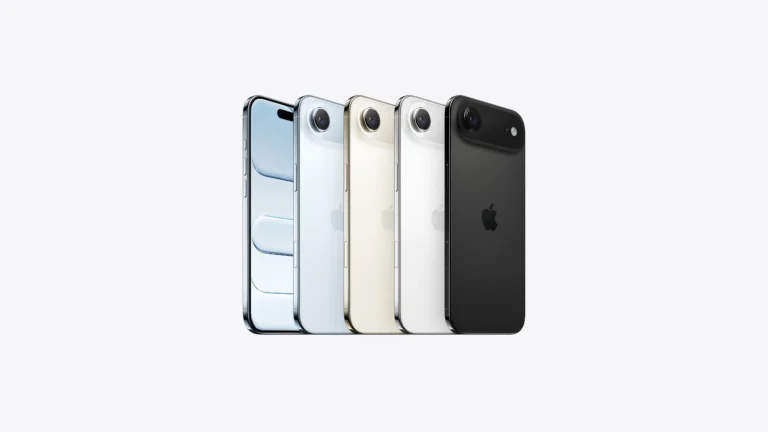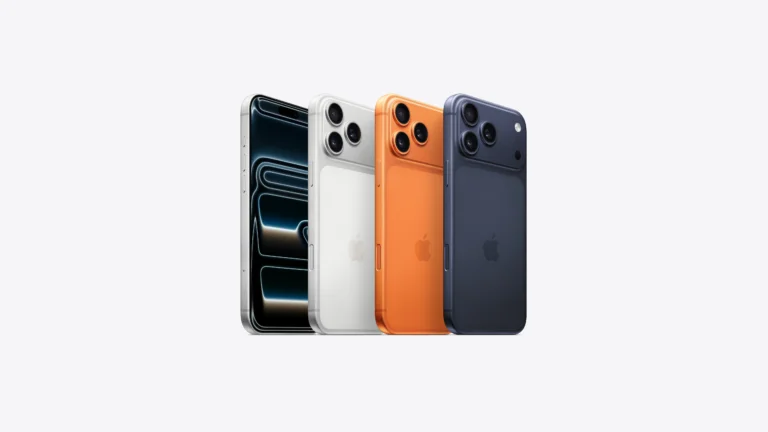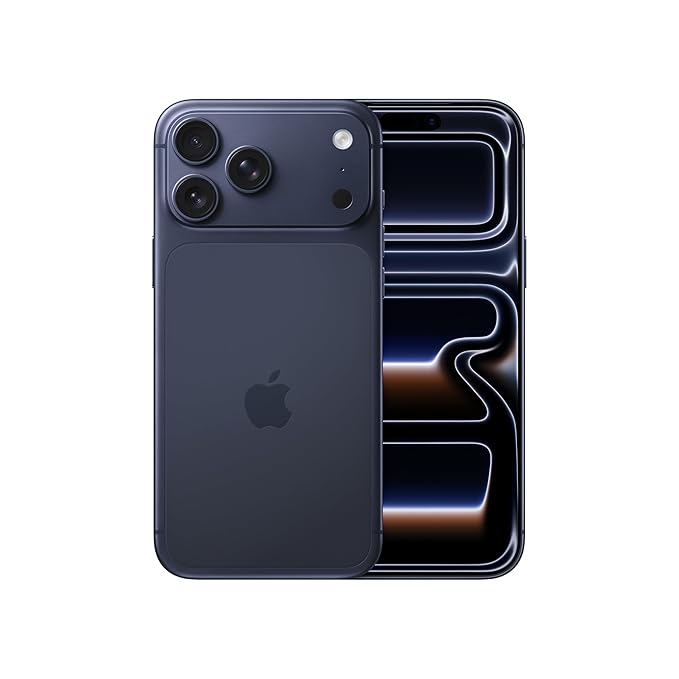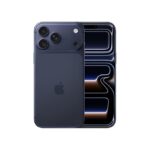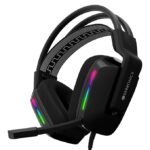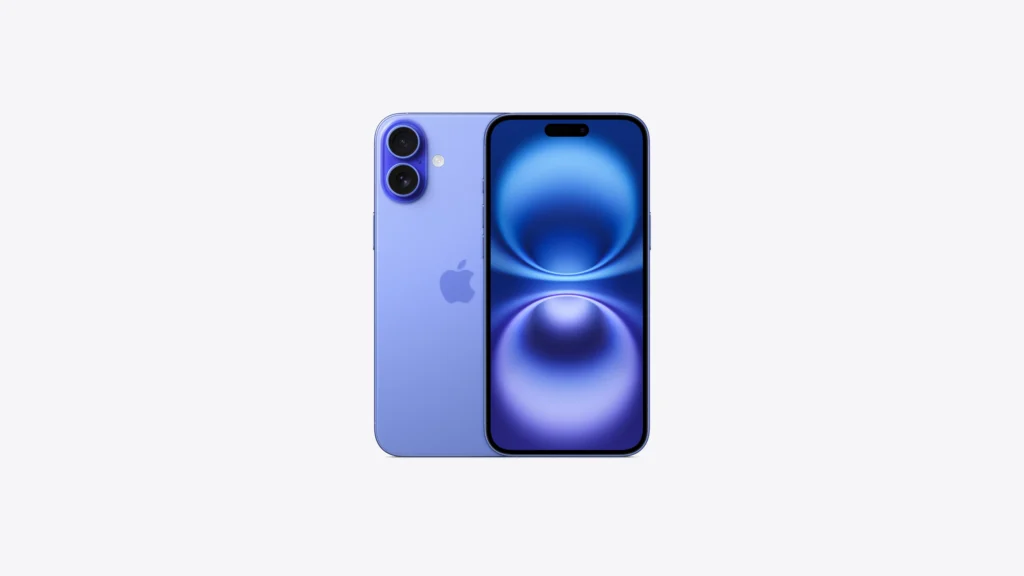
iPhone 16 Plus: Full Specifications, Pros and Cons
| Specifications | Details |
|---|---|
| Device Name | A3290, A3082, A3289, A3291, |
| Release date | 9 September 2024 |
| Design and Build Quality | |
| Material used Front | Glass |
| Material used back | Glass |
| Frame Build | Aluminum |
| Dimensions | 160.9 x 77.8 x 7.8 mm (6.33 x 3.06 x 0.31 in) |
| Weight | 199 g |
| Ergonomics | Good |
| Water and Dust resistance | IP68 (immersible up to 600cm for 30 minutes) |
| Colour Options | Black, White, Pink, Teal, Ultramarine |
| Display | |
| Screen Size | 6.7 inches |
| Type | Super Retina XDR OLED, HDR10+, Dolby Vision |
| Resolution | 1290 x 2796 pixels, 19:5:9 ratio |
| Refresh Rate | 60Hz |
| Pixel Density | ~460 ppi |
| Brightness | 1000 nits(typ), 2000 nits (HBM) |
| Hardware and Performance | |
| Chipset | Apple A18 (3nm) |
| CPU | Hexa-core |
| GPU | Apple GPU (5-Core graphics) |
| RAM/ROM | 8/128GB, 8/256GB, and 8/512GB |
| Card Slot | No |
| Benchmark Result | AnTuTu (v10): 1727276 GeekBench (v6): 7927 3DMark (Wild Life Extreme): 4324 |
| Gaming Performance | Good |
| Multitasking Capabilities | Yes |
| Cooling System | graogebe sheet |
| Main Camera Specification | |
| Number of Cameras | Dual 48 MP, f/1.6, 26mm (wide), sensor size 1/1.56″, 1.0µm, dual pixel PDAF, sensor-shift OIS 12 MP, f/2.2, 13mm, 120˚ (ultrawide), 0.7µm, dual pixel PDAF |
| Photo Quality | Good |
| Video Quality | 4K@24/25/30/60fps, 1080p@25/30/60/120/240fps, HDR, Dolby Vision HDR (up to 60fps), stereo sound rec. |
| Features | Dual-LED dual-tone flash, HDR (photo/panorama) |
| AI and Editing Capabilities | Yes |
| Front Camera Specification | |
| Number of Cameras | 12 MP, f/1.9, 23mm (wide), 1/3.6″, 1.0µm, PDAF |
| Photo Quality | Good |
| Video Quality | 4K@24/25/30/60fps, 1080p@25/30/60/120fps, gyro-EIS |
| Features | HDR, Dolby Vision HDR, 3D (spatial) audio, stereo sound rec. SL 3D, (depth/biometrics sensor) |
| Software and User Experience | |
| Operating System | Apple iOS |
| User Interface (UI) | iOS 18.5 |
| Features | |
| Sensors | Face ID, accelerometer, gyro, proximity, compass, barometer Ultra Wideband (UWB) support (gen2 chip) Emergency SOS, Messages, and Find My via satellite |
| Battery | |
| Battery Capacity | Li-Ion 4674 mAh |
| Screen-on-time | 8-10 hours |
| Charging speed | Wired, PD2.0, 50% in 30 min |
| Wireless | 25W wireless (MagSafe), 15W wireless (China only) 15W wireless (Qi2) 4.5W reverse wired |
| Sound | |
| Loudspeaker | Yes |
| 3.5mm jack | No |
| Network | |
| Number of SIMs | Nano + eSIM + eSIM (max 2 at a time; international) eSIM + eSIM (8 or more, max 2 at a time; USA) Nano-SIM + Nano-SIM (China) |
| Band Networks | GSM / CDMA / HSPA / EVDO / LTE/ 5G |
| Wi-Fi | 802.11 a/b/g/n/ac/6/7, tri-band, hotspot |
| Bluethooth | 5.3, A2DP, LE |
| Positioning | GPS, GLONASS, GALILEO, BDS, QZSS |
| Radio | No |
| Infrared Port | No |
| NFC | Yes |
| USB | USB Type-C 2.0, DisplayPort |
| Pricing | |
| Variant | Price |
| 8/128GB 8/256GB | ₹83,500 ₹93,500 |
| Pros and Cons | |
| Pros | Cons |
| 1. Good Display 2. A18 Chip delivers an impressive battery and gaming performance 3. Good Cameras | 1. 60 Hz display 2. Design is unchanged (looks old) 3. A 60Hz display does not justify its price 4. Some users may have to wait for certain Apple intelligence features to be fully enabled |
| Smartphone in the same segment | |
| Smartphones | Xiaomi 15 Ultra, Vivo X200, Samsung Galaxy S25 plus |
| Overall Rating | 4.2/5 |

